Premium Only Content
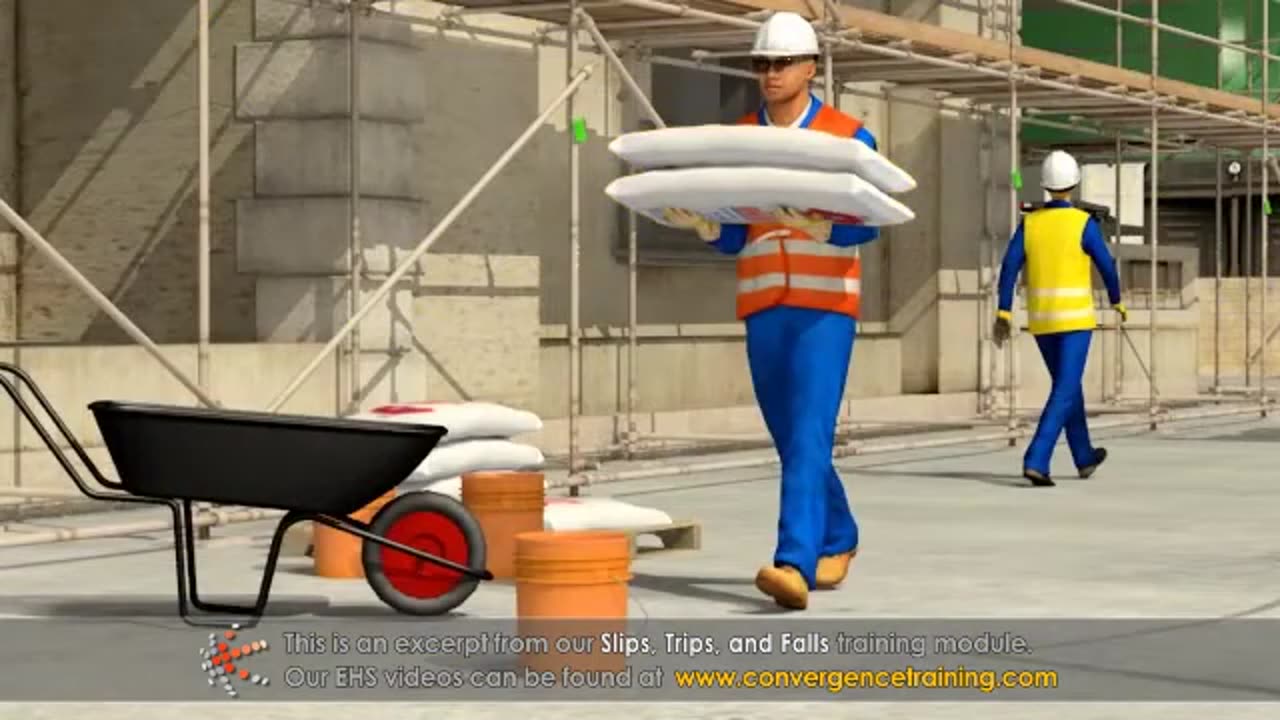
Slips, Trips, and Falls Training
### **Slips, Trips, and Falls Training Outline**
This training is designed to educate employees on recognizing hazards, preventing incidents, and complying with OSHA standards to reduce workplace injuries caused by slips, trips, and falls.
---
### **1. Introduction to Slips, Trips, and Falls**
- **Why This Training Matters**
- Common causes of workplace injuries.
- OSHA regulations (29 CFR 1910 Subpart D for general industry, 29 CFR 1926 Subpart M for construction).
- Impact on employees and organizations (e.g., injuries, lost productivity, and costs).
---
### **2. Understanding the Risks**
- **Slips**
- Definition: Loss of traction between footwear and a surface.
- Causes:
- Wet or oily surfaces.
- Loose rugs or mats.
- Icy or polished floors.
- **Trips**
- Definition: Foot striking an object, causing a loss of balance.
- Causes:
- Cluttered walkways.
- Uneven flooring.
- Cords or cables.
- **Falls**
- Definition: Uncontrolled descent from a height or same level.
- Types:
- Falls on the same level.
- Falls to a lower level.
---
### **3. Identifying Hazards**
- **Workplace Inspections**
- Checking for spills, clutter, and uneven surfaces.
- Identifying poorly lit or high-traffic areas.
- **Employee Behaviors**
- Unsafe footwear.
- Carrying loads that obstruct vision.
- Running or rushing in the workplace.
---
### **4. Preventing Slips, Trips, and Falls**
- **Housekeeping Practices**
- Keeping floors clean and dry.
- Removing clutter from walkways.
- Promptly repairing damaged flooring or rugs.
- **Proper Footwear**
- Selecting slip-resistant shoes.
- Ensuring appropriate footwear for specific tasks.
- **Workplace Modifications**
- Installing anti-slip mats, tread strips, or flooring.
- Ensuring adequate lighting in work areas.
- Securing cables and cords.
---
### **5. Safe Practices**
- **Walking Safely**
- Paying attention to surroundings.
- Using handrails on stairs.
- Avoiding distractions (e.g., texting while walking).
- **Using Ladders and Step Stools**
- Ensuring proper setup and use.
- Avoiding standing on chairs or unstable surfaces.
- **Reporting Hazards**
- Encouraging employees to report spills, damages, or unsafe conditions immediately.
---
### **6. Emergency Response**
- **What to Do After a Slip, Trip, or Fall**
- Administering first aid.
- Reporting incidents and near-misses.
- Documenting details for investigation and prevention.
---
### **7. Hands-On Exercises**
- **Hazard Identification**
- Conducting a walkthrough of the workspace to identify potential slip, trip, and fall hazards.
- **Simulated Scenarios**
- Practicing responses to common workplace hazards.
- **Practical Skills**
- Properly cleaning up spills and organizing walkways.
---
### **8. Conclusion**
- **Summary of Key Points**
- Importance of vigilance and good housekeeping.
- How to recognize and address hazards.
- **Resources**
- Checklists for hazard identification and cleanup.
- OSHA guidelines and employer policies.
- **Q&A Session**
---
### Supporting Materials
Would you like:
- A **training manual** or **presentation slides**?
- **Checklists** for hazard identification and cleanup?
- Real-world **case studies** for discussion?
- Custom **quizzes or certificates of completion**?
Let me know how I can assist further!
-
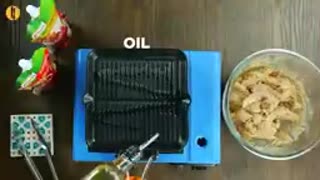 1:35
1:35
HSESafetyInformation
1 month agoMutton Chops two ways- baked & grilled Recipe by Food Fusion (Eid Recipe)
59 -
 LIVE
LIVE
Wendy Bell Radio
5 hours agoWife Beater Human Trafficker MS-13 Criminal Illegal Alien Gang Banger
9,027 watching -
 1:25:43
1:25:43
Game On!
16 hours ago $3.58 earnedNFL Insiders Reveals SHOCKING Draft News!
17.1K5 -
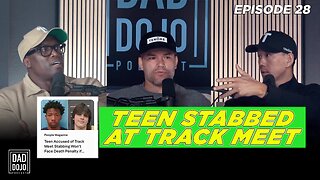 1:00:02
1:00:02
Dad Dojo Podcast
15 hours ago $3.57 earnedEP28: Teen Stabbed At Track Meet
24.6K9 -
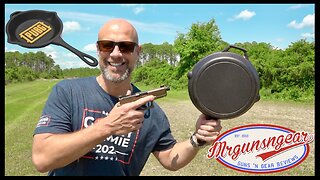 13:49
13:49
Mrgunsngear
14 hours ago $6.61 earnedHow many PUBG Cast Iron Skillets Does It Take To Stop A Bullet?
44K12 -
 12:01
12:01
Clownfish TV
20 hours agoHollywood HELLSCAPE: L.A. is the New DETROIT?!
33.3K23 -
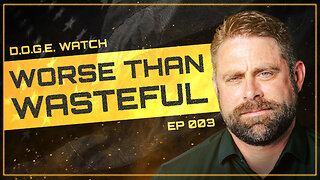 16:05
16:05
Nick Freitas
15 hours agoSaving a Billion a Day
45.3K5 -
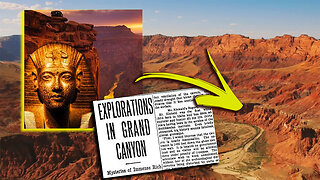 16:49
16:49
CarlCrusher
1 day agoBizarre Secret Mysteries of the Grand Canyon and Colorado River Badlands
37.3K10 -
 28:57
28:57
Esports Awards
19 hours agoVeracity From Unsung Hero to International Esports Host | Origins Podcast #3
39.6K2 -
 6:38
6:38
The Official Steve Harvey
21 hours ago $2.02 earnedMy accountant died... I owed 22 million dollars 😱
34.7K14